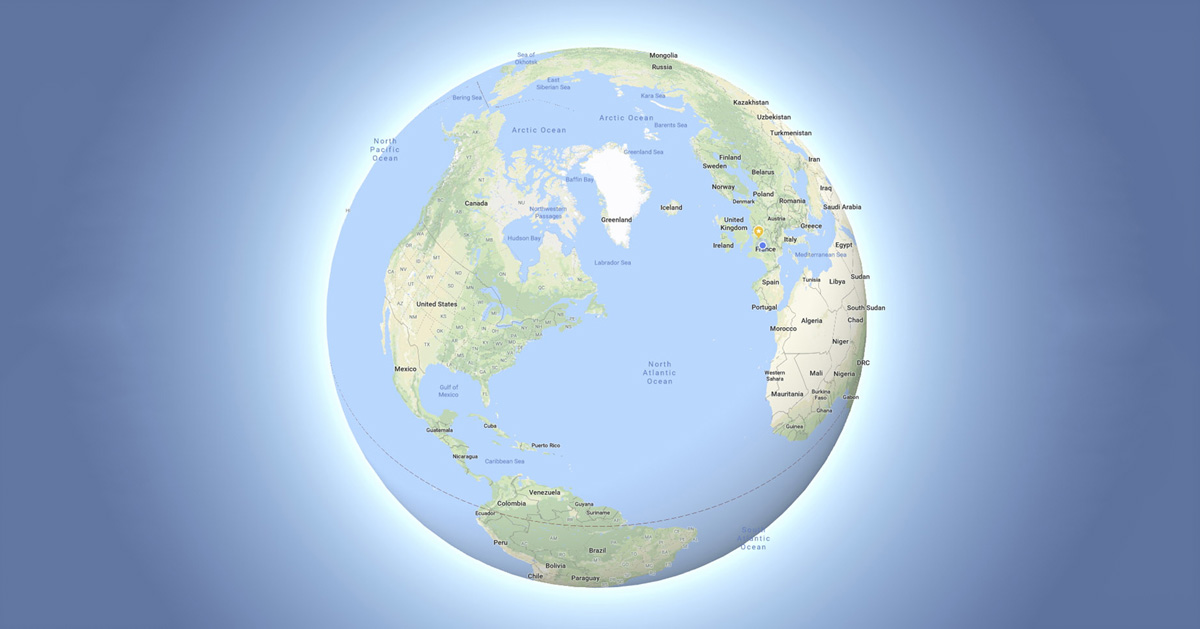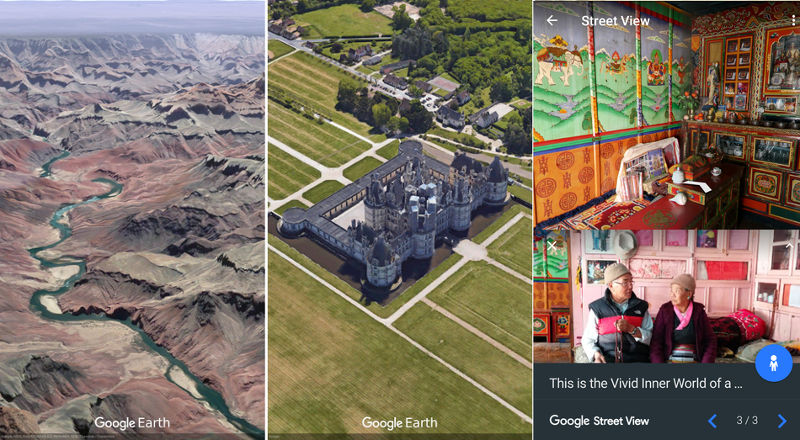
There is, therefore, a considerable need for specialized training of scientific and other expert users on social science aspects of visualisation where these affect provision of public information, sound policy, and decision-making. The engagement of human perception and aesthetic preferences via landscape visualisation requires interaction with disciplines such as environmental psychology, landscape assessment, and human–computer interfaces, to go beyond the norms and methods of the physical sciences, cartography, and even 3D modeling. A clear hierarchical training programme identifying different types or levels of at least the professional or scientific user, combined with consistent metadata standards for published or shared visualisation work, would help avoid confusion or misleading responses resulting from false assumptions on the lineage of visualisations. Accredited education and training programmes for landscape visualisation were recommended as long ago as 1991 (Orland, 1992), but have not materialized training programmes are scattered and tend to focus on learning the technology rather than how to use it appropriately. Training programmes and qualifications would be helpful at various levels of user, from the beginner to the advanced commu- nicator of scientific visualisation. the media) and viewers of the model are forced to acknowledge key limitations or assumptions behind certain imagery this could be in the form of embedded titles or even watermarks across, for example, hypothetical images of future scenarios, to avoid them being mistaken for actual plans. Equally important is the issue of attaching labels and critical information visibly to the visualisation imagery, to be sure that primary and secondary presenters (e.g. This may require classification of user types or application types, so as not to discourage non- professional usage with unnecessary requirements. data source, data accuracy, texture map image sources, limitations in model applicability, professional qualifications of the creator, etc.), in order that other users may judge the risks in using the model. Google SketchUp provides a limited online form or template for adding model data to its warehouse (Google Earth, n.d.), which could be expanded to require certain data inputs (e.g. However, no such generally applicable standards exist for 3D visualisation models in the environmental or land use arenas, to the authors’ knowledge. Data standards have long existed for 2D mapping databases, such as the Content Standard for Digital Geospatial Metadata (CSDGM) (Federal Geographic Data Committee, 2006), in order to assure quality and facilitate appropriate, efficient, and informed transfer of data among users.



of virtual globes on public interest issues.


 0 kommentar(er)
0 kommentar(er)
